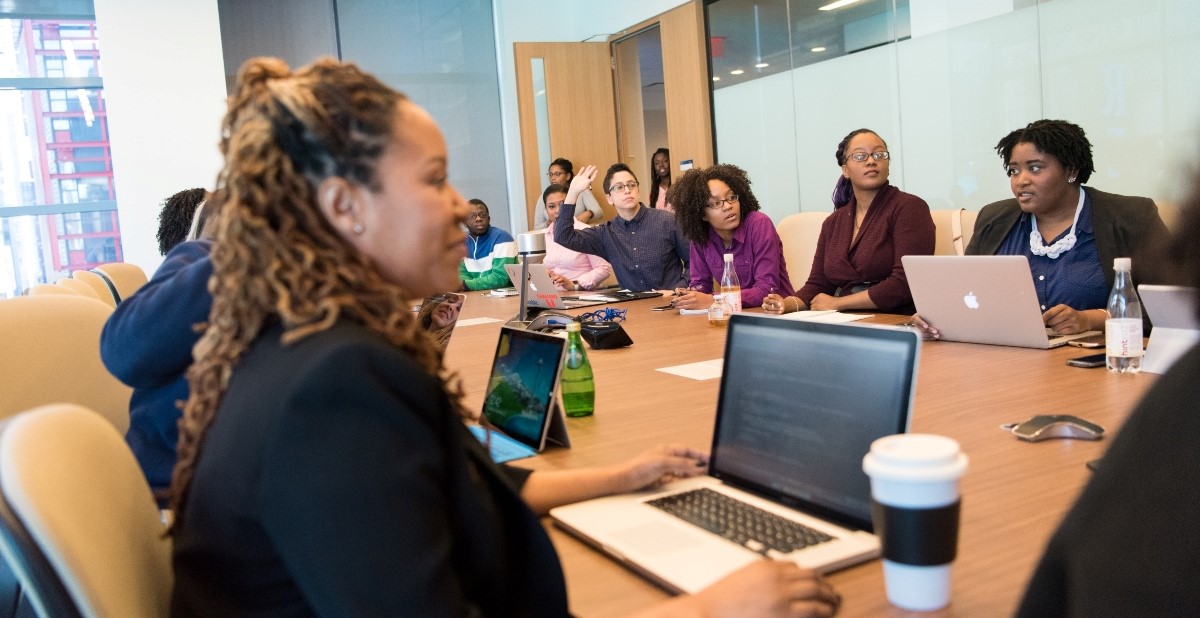Three Ways To Make Your Staff Meetings As Effective As Possible

Meetings should be a good use of everyone’s time, but that’s not always the case. The average professional spends at least 3 hours each week in meetings and 4 hours preparing for each one. Still, studies show that as many as 3 in 4 meetings are unproductive. You can’t get rid of meetings altogether, but you can learn how to make them as effective as possible.
Kim Scott, an author and co-founder of Radical Candor, says that effective staff meetings should have 3 main goals:
1. To review how things went the previous week (or month)
2. To allow employees to share updates
3. To give everyone a chance to weigh in on important decisions
That’s it – effective meetings aren’t scheduled opportunities to have debates or venture off on unrelated topics. We explore Scott’s three-part agenda for the most effective meetings in this issue of PromoPro Daily.
1. Review key metrics. Effective meetings should review what went well the past week (or month), what didn’t go so well and why. Scott says this works best if you create a spreadsheet that everyone can update in advance of the meeting. She recommends keeping this spreadsheet — or dashboard — where everyone can access it.
2. Share updates in a “study hall.” According to Scott, updates are things that would never make it to the team dashboard. This might mean sharing a vacation update or assignment changes on a project. Scott says some leaders have staff meetings that run for hours sharing this kind of information. At the end of the meeting, everyone is understandably frustrated. Instead, she recommends doing “study hall” updates where everyone takes 5-7 minutes to jot down 3-5 updates and then taking 5-7 minutes to read everyone else’s updates.
3. Identify key decisions. The most effective staff meetings should include 1-2 of the most important decisions your team needs to make in the week or month ahead. Scott says that if your team is fewer than 20 people, you can probably just list them and decide them in an ad-hoc way. But if you have a larger team, you may want to take a more formal approach.
Before you send out that next meeting invite, consider the points above. When done properly, meetings can be a useful way to share updates and keep everyone on the same page.
Compiled by Audrey Sellers
Source: Kim Scott is an author and co-founder of Radical Candor, a company that helps people put the ideas in her books into practice.

